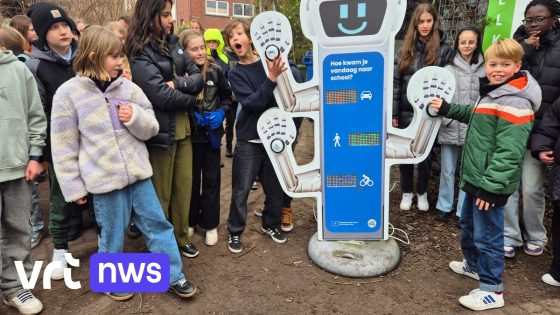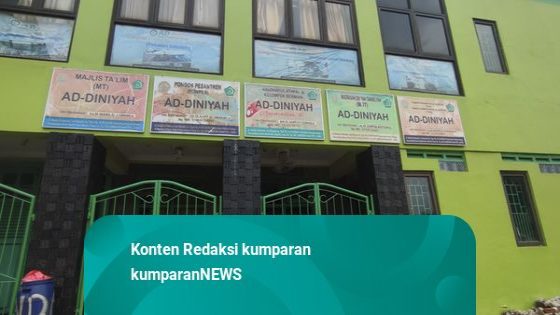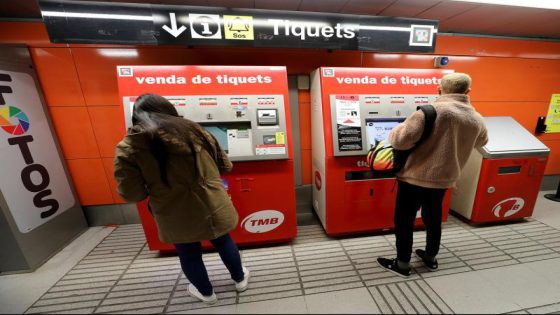In a recent pilot project in Ghent, Belgium, students have significantly altered their travel habits. As of February 6, 2025, many are opting for walking or biking instead of driving. This shift not only promotes healthier lifestyles but also enhances safety around the school due to reduced traffic. How can such initiatives inspire change in other communities?
- Behavior change due to the project
- Reduced car usage among students
- Encouragement for walking or biking
- Increased safety around the school
- Fewer cars contribute to safer environment
How Pilot Projects Can Transform School Environments and Community Health
What if every school had a similar initiative? The pilot project in Ghent showcases how changing transportation methods can lead to safer environments for children. By reducing car usage near schools, families feel more secure while commuting. Could this model be replicated across the U.S.?
The Impact of Reduced Traffic on Air Quality Around Schools
The reduction of cars around schools has notable effects on air quality. Cleaner air leads to better health outcomes for children, who are particularly vulnerable to pollution. Schools adopting similar projects could see significant benefits.
Key Benefits of Walking and Biking Initiatives for Students
Encouraging walking and biking not only improves physical health but also fosters a sense of community among students and families.
- Enhanced physical fitness through regular activity.
- Improved mental well-being from outdoor exposure.
- Stronger community ties as families engage with one another.
- A safer environment with fewer vehicles on the road.
The Role of Schools in Promoting Sustainable Transportation
Schools play a crucial role in shaping student behavior regarding transportation choices. By implementing educational programs about the benefits of walking or biking, they can instill lifelong habits that contribute to environmental sustainability.
Potential Challenges and Solutions for Implementation
While there are numerous advantages to these initiatives, challenges may arise such as infrastructure needs or resistance from parents accustomed to driving. Addressing these issues through community meetings and collaboration with local governments can pave the way for successful implementation.
This pilot project serves as an inspiring example for other regions considering similar approaches. Could your community be next?
































